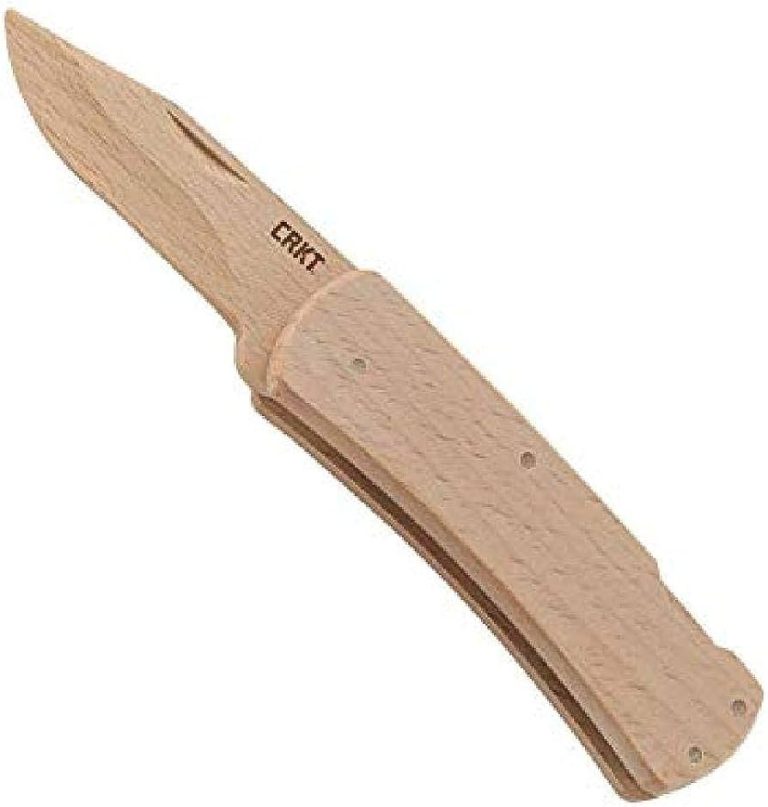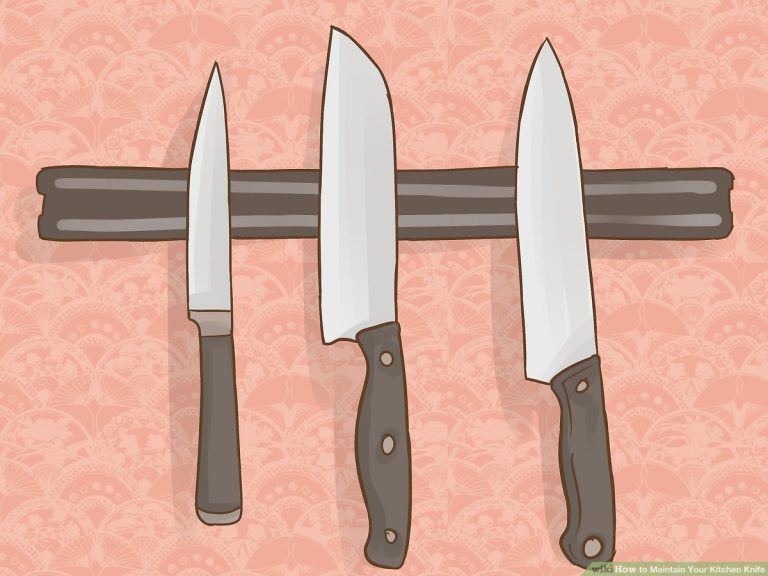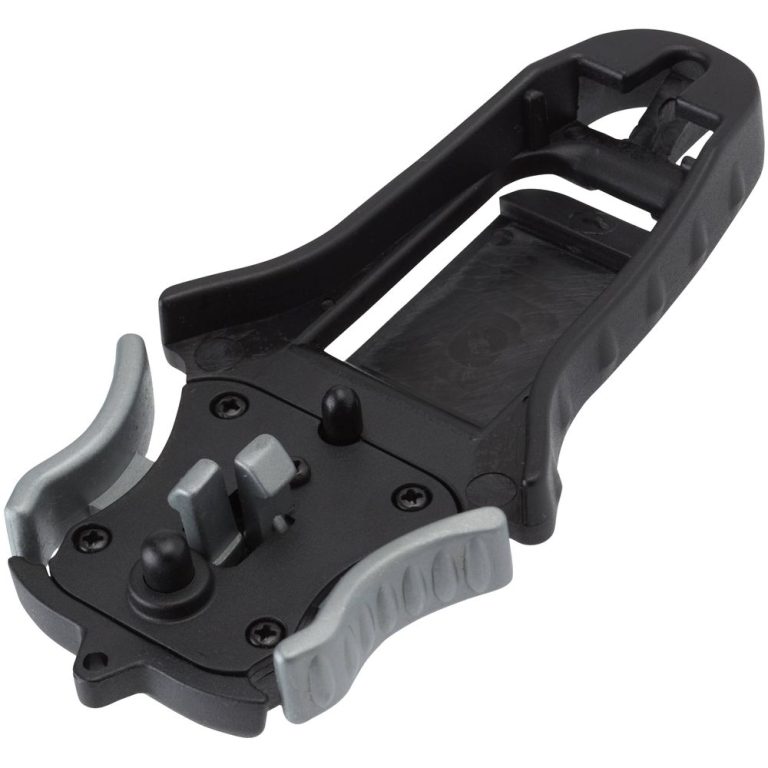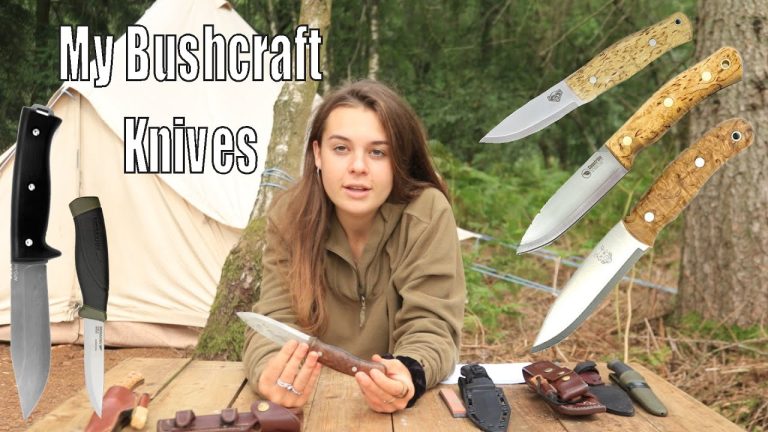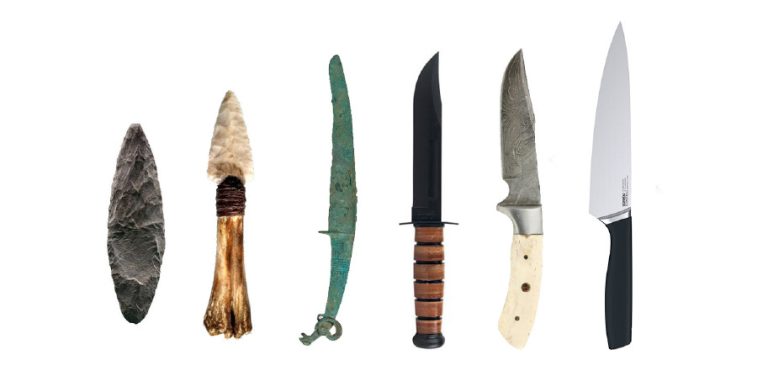How Many Kitchen Knives Do You Really Need
You only really need three essential kitchen knives: a chef’s knife, a paring knife, and a serrated knife. A well-equipped kitchen is essential for efficient and enjoyable cooking.
When it comes to knives, it’s easy to get overwhelmed by the plethora of options available. However, when it comes to the essentials, you can easily narrow it down to just a few key knives. In this guide, we will explore the three kitchen knives that are must-haves for any home cook.
These knives, namely the chef’s knife, paring knife, and serrated knife, provide the versatility and functionality needed to tackle a wide range of tasks in the kitchen. By understanding the specific purposes of each knife, you can ensure that you have the right tools to accomplish any culinary endeavor. Let’s dive in and discover how few knives you really need in your kitchen.
Must-Have Knives For Every Kitchen
Must-Have Knives for Every Kitchen
The chef’s knife is the ultimate all-purpose blade, versatile and essential for a wide range of tasks. Its sharp, sturdy blade and ergonomic design make it perfect for slicing, dicing, chopping, and mincing.
The paring knife, on the other hand, is a smaller knife that excels in precision and detail work. With its narrow blade and pointed tip, it’s ideal for peeling, trimming, and other delicate tasks that require fine control.
And let’s not forget the bread knife, a serrated savior for crusty breads. Its teeth-like serrations effortlessly cut through thick crusts without squishing the soft interior, ensuring clean slices every time.
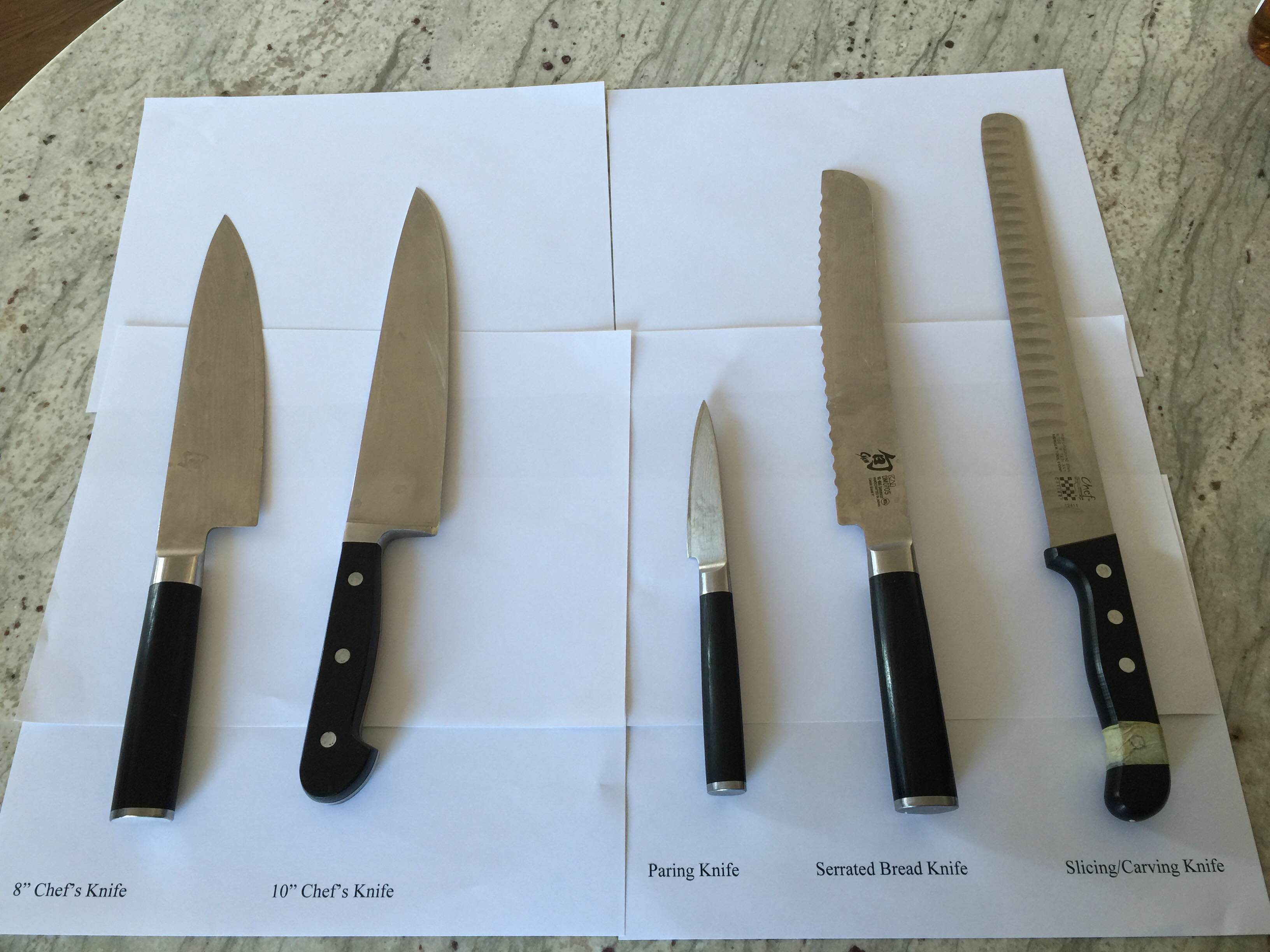
Credit: www.thechoppingblock.com
Specialized Knives For Specific Tasks
Specialized Knives for Specific Tasks: When it comes to kitchen knives, having the right ones for specific tasks can make your cooking experience much smoother. One such specialized knife is the Santoku Knife, known as the Japanese master of thin slicing. With its razor-sharp blade and thin profile, it is perfect for precise and delicate slicing of ingredients like vegetables and boneless meats. Another essential knife to consider is the Boning Knife, which is ideal for deboning meats and fish. It has a narrow and flexible blade that allows you to remove bones with precision and ease. Additionally, the Utility Knife is a versatile and handy tool for various cutting needs in the kitchen. Its medium-sized blade makes it suitable for slicing, dicing, and chopping smaller ingredients. These specialized knives can elevate your culinary skills, making cooking more enjoyable and efficient.
Additional Knives For Advanced Culinary Enthusiasts
| Blog Post Title: How Many Kitchen Knives Do You Really Need |
| Heading: Additional Knives for Advanced Culinary Enthusiasts |
| Subheading: Cleaver: The Heavy-Duty Precision Cutter |
| Fillet Knife: The Precise Blade for Delicate Filleting |
| Nakiri Knife: An Expert in Meticulous Vegetable Prep |
| When it comes to knives in the kitchen, versatility is key. Apart from the essential chef’s knife, there are additional knives that can enhance your culinary skills. For advanced culinary enthusiasts, having a variety of knives designed for specific tasks can make a noticeable difference in your cooking experience. |
| Cleaver: The heavy-duty precision cutter, a true workhorse in the kitchen. Its robust build and sharp blade make it ideal for powerful chopping, slicing, and even bone removal. Perfect for handling large cuts of meat and tough vegetables. |
| Fillet Knife: Unmatched in delicate filleting tasks, this knife boasts a thin and flexible blade that glides effortlessly along the contours of fish, poultry, or tender cuts of meat. Its precision allows for clean, professional results. |
| Nakiri Knife: If meticulous vegetable preparation is your forte, look no further. The nakiri knife excels in slicing, dicing, and finely chopping vegetables with sheer accuracy. Its straight blade and flat profile make it easy to navigate through produce. |
Assessing Your Kitchen Needs
Assessing your kitchen needs is essential when determining how many kitchen knives you really need.
Your cooking style and preferences play a significant role in this decision. Consider the types of dishes you enjoy preparing and the techniques you use. For example, if you frequently prepare Asian dishes that require precision slicing and dicing, you may need a chef’s knife and a Santoku knife.
The frequency of your cooking and the types of ingredients you use is another factor to consider. If you cook regularly and work with a variety of ingredients, having a collection of versatile knives such as a paring knife, a utility knife, and a bread knife can be beneficial.
Available storage space and budget limitations should also be taken into account. If you have limited space, it may be more practical to have a few high-quality multi-purpose knives rather than a large assortment. Additionally, consider your budget and invest in knives that meet your needs without breaking the bank.
Conclusion
Finding the right number of kitchen knives can be a daunting task, but remember that quality should always take precedence over quantity. While there are many types of kitchen knives available, it is important to have a few essential ones that can cover most of your cooking needs.
By choosing carefully, you can create a versatile collection that will serve you well in the kitchen. The most indispensable knives for any home cook are the chef’s knife, paring knife, and serrated knife. These three knives are versatile, and with proper care and maintenance, they can last for years.
Remember to invest in good quality knives, sharpen them regularly, and handle them with care. Having the right kitchen knives will not only make your cooking experience more enjoyable but also make your preparation tasks more efficient. Happy cooking!

